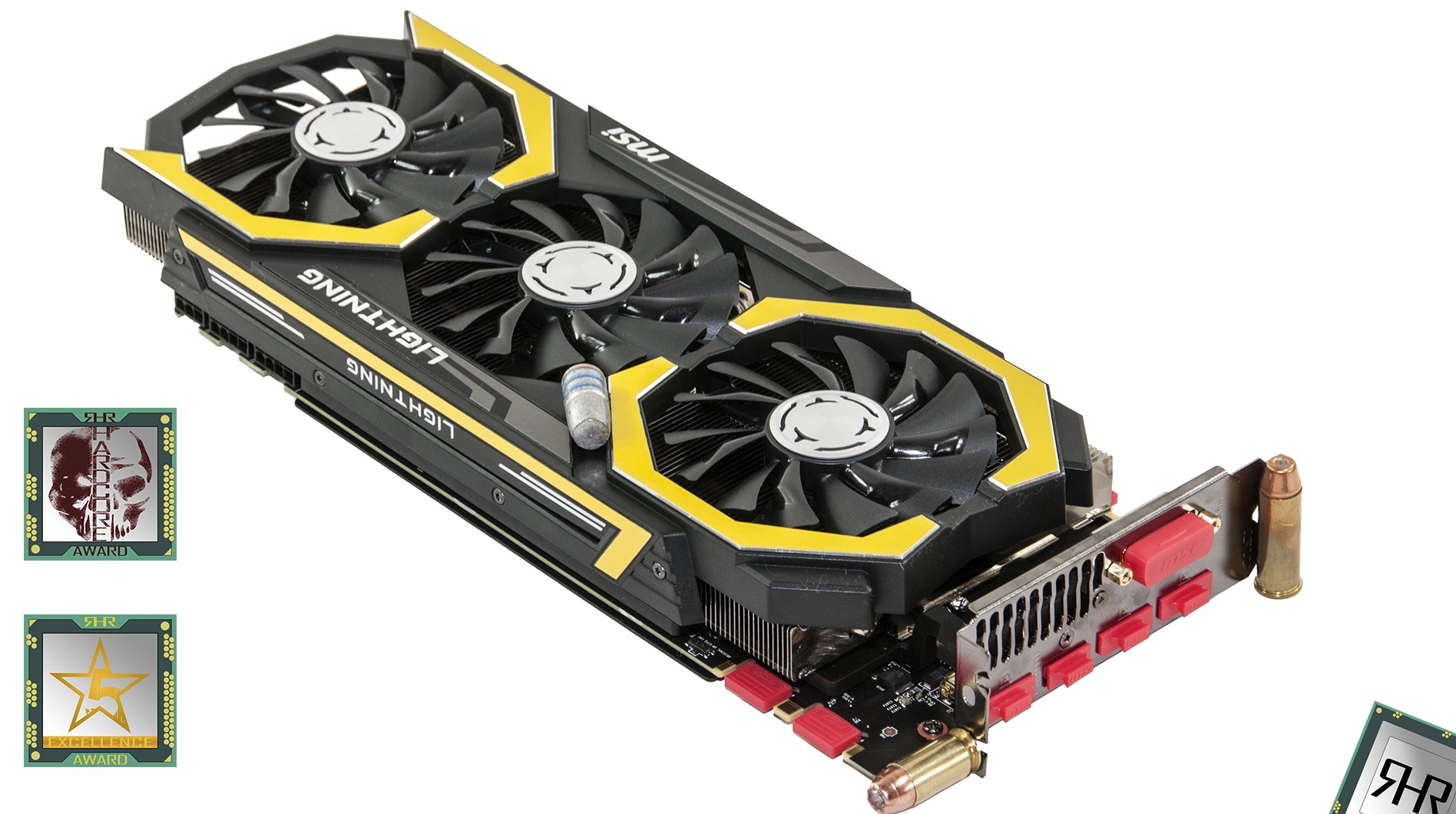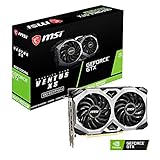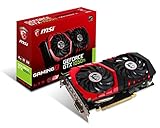Video Card Temperature Results
For all temperature testing the cards were used in an open test bed environment. Ambient temperature was kept at a constant 20°C (+/- 0.5°C) and if the ambient room temperatures rose above 21°C or dropped below 19°C at any time, all benchmarking was stopped until proper temperatures could normalized.
For Idle tests, we let the system idle at the Windows 7 desktop for 25 minutes and recorded the peak temperature.
For Load tests, we ran Unigine’s Valley benchmark for 20 minutes. Yes these numbers are correct. This magnificent beast keeps that highly overclocked Maxwell core humming along at downright cool temperatures. Though when you think about it, a heatsink and fan designed for 700 watts of heat shouldn’t have any problems with a 250w TDP card…but it still is bloody impressive to say the least.
Yes these numbers are correct. This magnificent beast keeps that highly overclocked Maxwell core humming along at downright cool temperatures. Though when you think about it, a heatsink and fan designed for 700 watts of heat shouldn’t have any problems with a 250w TDP card…but it still is bloody impressive to say the least.
Sound Level Test Results
While everyone “hears” noise differently there is one easy way to remove all subjectivity and easily compare different fans: use a sound level meter. This way you can easily compare the various fans noise envelopes without us coloring the results and see what fans fit within your personal comfort level. Of course, we will endeavor to try and explain the various results – which are taken at a 15 inch distance from the GPU’s fan(s) – to help you gain an even better understanding of how loud a cooler’s stock fan is, but even if you discount our personal opinions, the fact remains numbers don’t lie.
For Idle tests, we let the system idle at the Windows 7 desktop for 25 minutes and recorded the peak dB.
For Load tests, we ran Unigine’s Valley benchmark for 20 minutes and recorded the peak dB. Even though this card is heavily its idle numbers are basically below ambient and its load numbers are not much higher than a whisper. This TriFrozr cooler really does work and work well.
Even though this card is heavily its idle numbers are basically below ambient and its load numbers are not much higher than a whisper. This TriFrozr cooler really does work and work well.
System Power Consumption
To obtain accurate results we have connected the system to a Power Angle power meter that has in turn been attached to a 1500watt UPS. This ensures only 120volt power is supplied to the PSU and removes an variances that could potential crop up because of brownouts and power spikes.
In order to stress the video card we have once again used Unigine’s Valley benchmark and ran it for 20 minutes to determine peak system power consumption. For idle results we have let the system idle at the Windows 7 desktop for 25 minutes and recorded the peak idle power consumption. Considering this card is heavily overclocked its slightly higher power consumption should come as no surprise. To be honest, what was surprising was how close it was to the Gaming 6G 980Ti as we would have thought it would use even more power!
Considering this card is heavily overclocked its slightly higher power consumption should come as no surprise. To be honest, what was surprising was how close it was to the Gaming 6G 980Ti as we would have thought it would use even more power!











